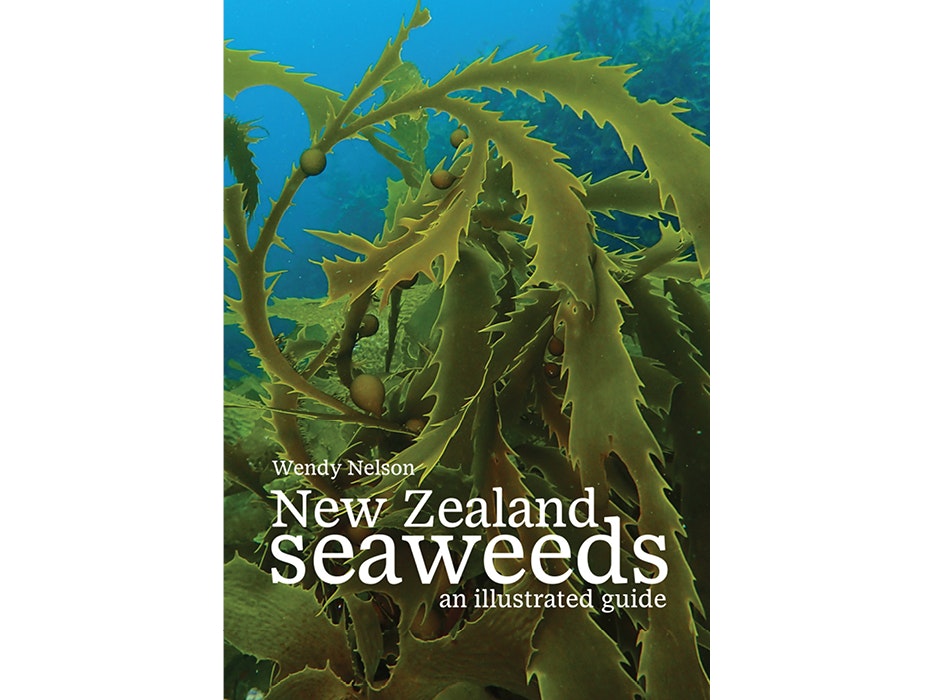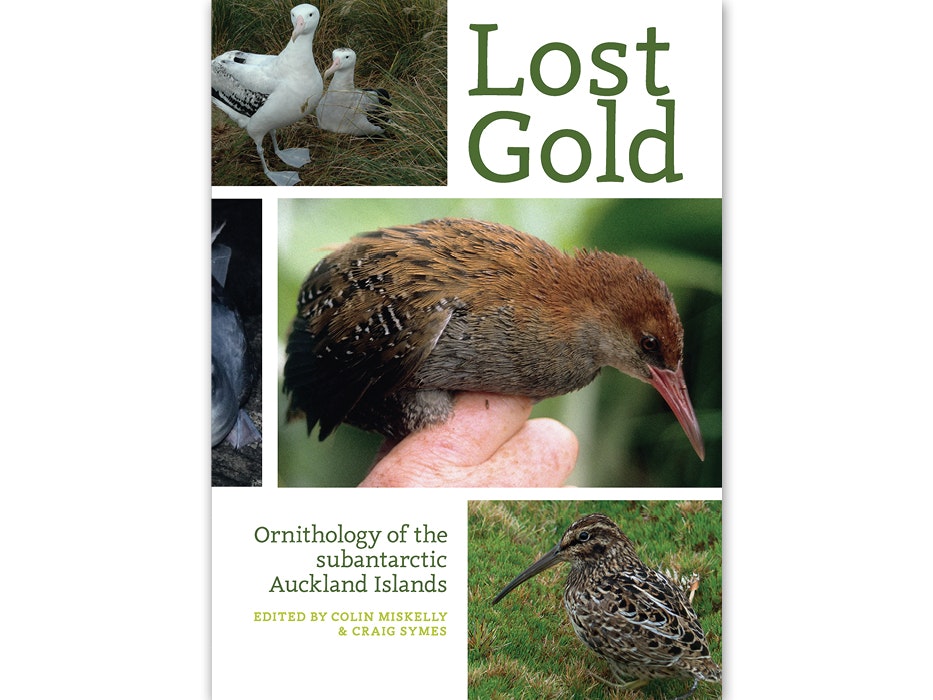
New Zealand Seaweeds: An Illustrated Guide
The definitive and expert guide to the seaweeds of New Zealand’s coastal waters
Free museum entry for New Zealanders and people living in New Zealand
Open every day 10am-6pm
(except Christmas Day)
Free museum entry for New Zealanders and people living in New Zealand
Wendy Nelson discusses New Zealand Seaweeds: An Illustrated Guide with Te Papa Press.
Dr Wendy Nelson is a Professor of Biological Sciences at the University of Auckland and Principal Scientist – Marine Biology at the National Institute of Water and Atmospheric Research. She specialises in marine phycology, particularly the biosystematics of macroalgae of New Zealand, with research on floristics, evolution and phylogeny, as well as ecology and life history studies. In 2016, she was awarded the Royal Society of New Zealand Te Apārangi Hutton Medal, for outstanding work by a researcher in New Zealand in the earth, plant and animal sciences.
It’s Marginariella urvilliana, a genus that is found only in New Zealand and which contains three species. I think it is very beautiful in shape and form, and also when you look closely at the early development and the way the new blades unfurl. They are very much like a fern koru.
Discoveries since the first book was published have meant that there are new names for quite a few species and genera, reflecting improved understanding about relationships.
Yes. Nancy had such a wonderful way of capturing how seaweeds look – their shapes, colours, textures – and I think these images really help with identification.
Absolutely. Seaweed forests and meadows are part of our coastal seascapes – and are very diverse.
Healthy coastal systems are essential for all sorts of reasons. Seaweeds provide habitat for other species and productivity and food materials by capturing sunlight energy. They release oxygen into the atmosphere and they also protect the coasts from erosion and help to consolidate reefs, and they release settlement cues for invertebrates (chemical compounds which trigger species to change from larvae to their adult stages).
Seaweeds and coastal ecosystems are very strongly influenced by what happens on land. Human activities modify coasts in many ways: locally, through the run-off of nutrients, sediment and pollutants from building developments, marinas and dredging, and globally as the result of global warming, ocean acidification and increased climate variability, including the increased severity and frequency of storm activity.
Most of the species in the book are common species that you are likley to come across but I have also included Dione arcuata, which has only ever been collected from two sites on the Kaikoura coast.
Perhaps Apophlaea sinclairii. It is found in northern New Zealand growing as a crust on intertidal rocks. I am sure many people would walk right over it and not notice it – or possibly think it is a dried blob of tar. It produces strange looking short knobs or upright branches. It belongs to a genus that is only found in New Zealand – the other species is only found in the south.
I had a deadline to work to, which helps to focus the mind, and I also enjoyed updating the material, working with the Te Papa team and seeing the opportunities with the new layout. It took a few working weekends, evenings and holidays.
New Zealanders value the coasts and enjoy visiting beaches and reefs. I hope using this book might add another level of enjoyment when they are snorkelling, diving or fossicking on the coast. I hope it helps open our eyes to their beauty and interesting characteristics and what they contribute to healthy coasts.

The definitive and expert guide to the seaweeds of New Zealand’s coastal waters

The first ever book about the birds of this subantarctic island group
